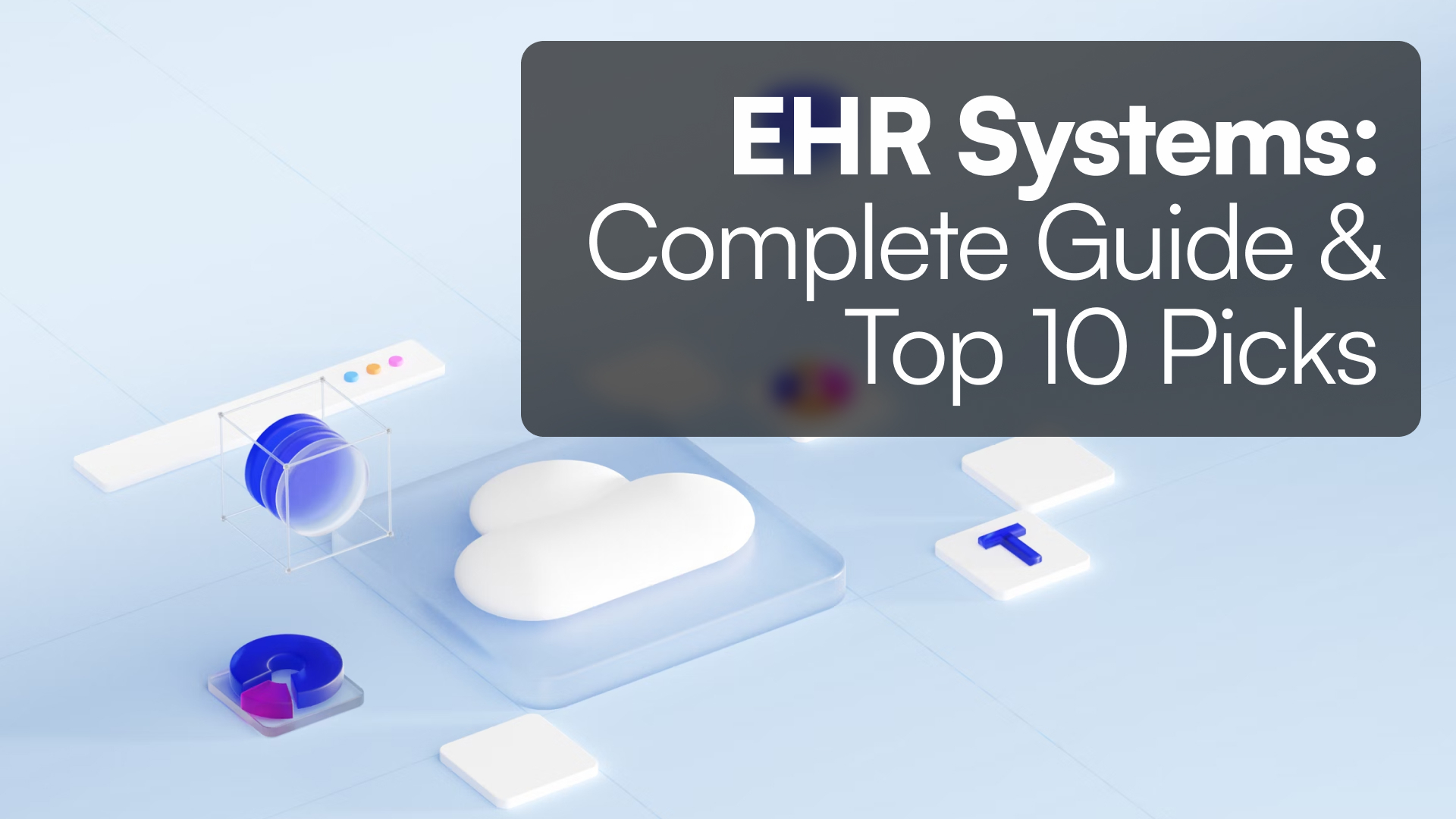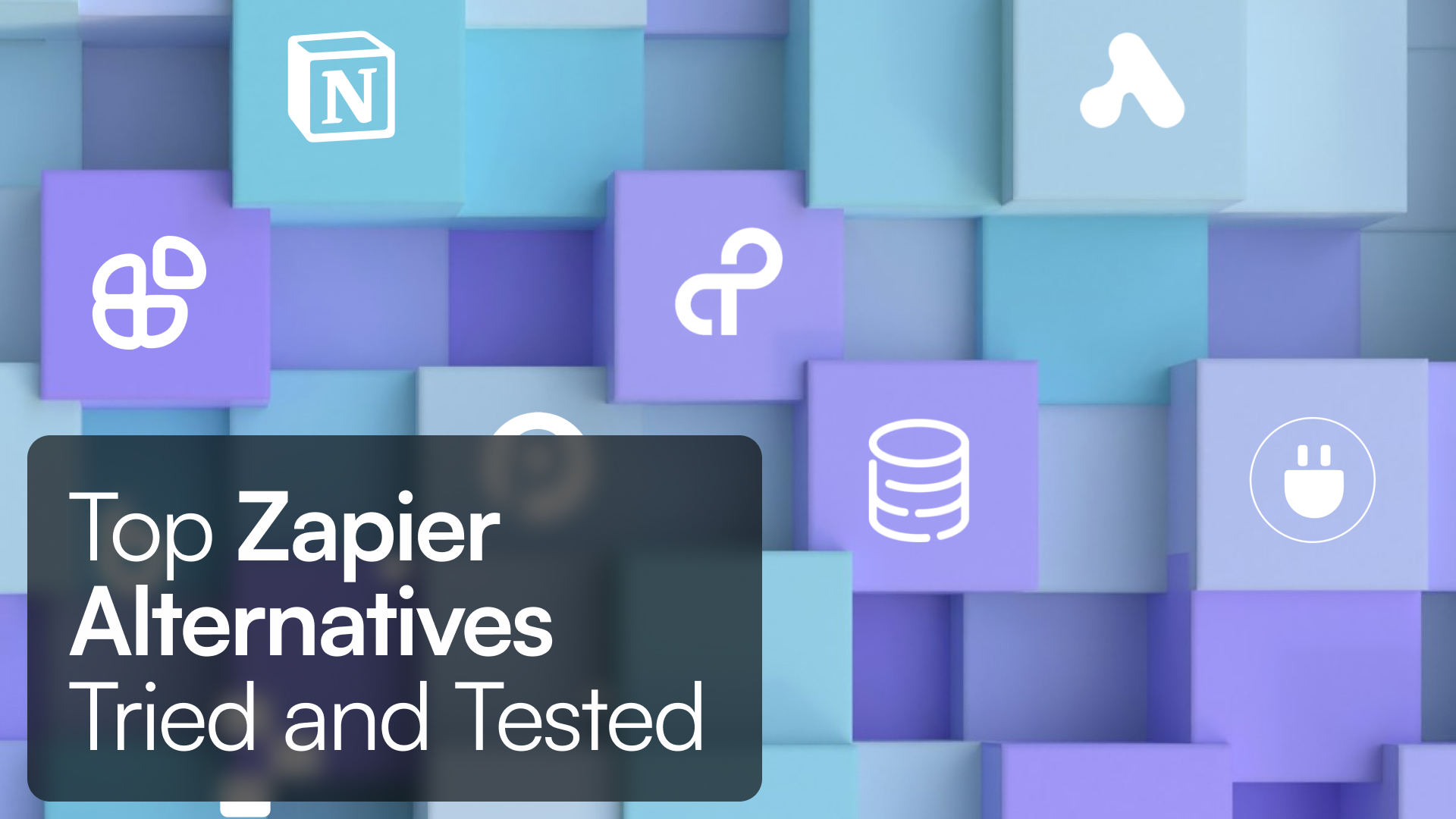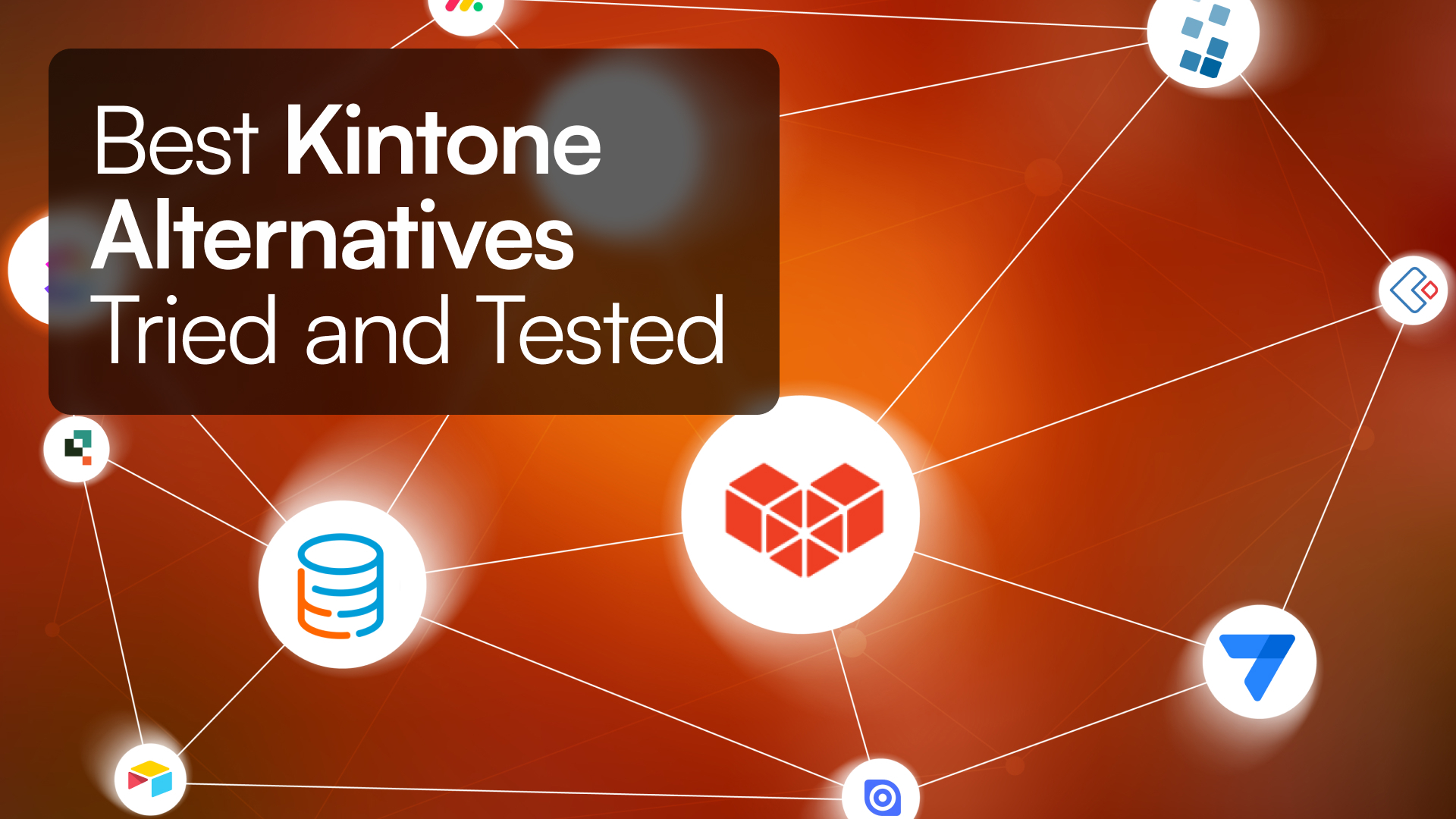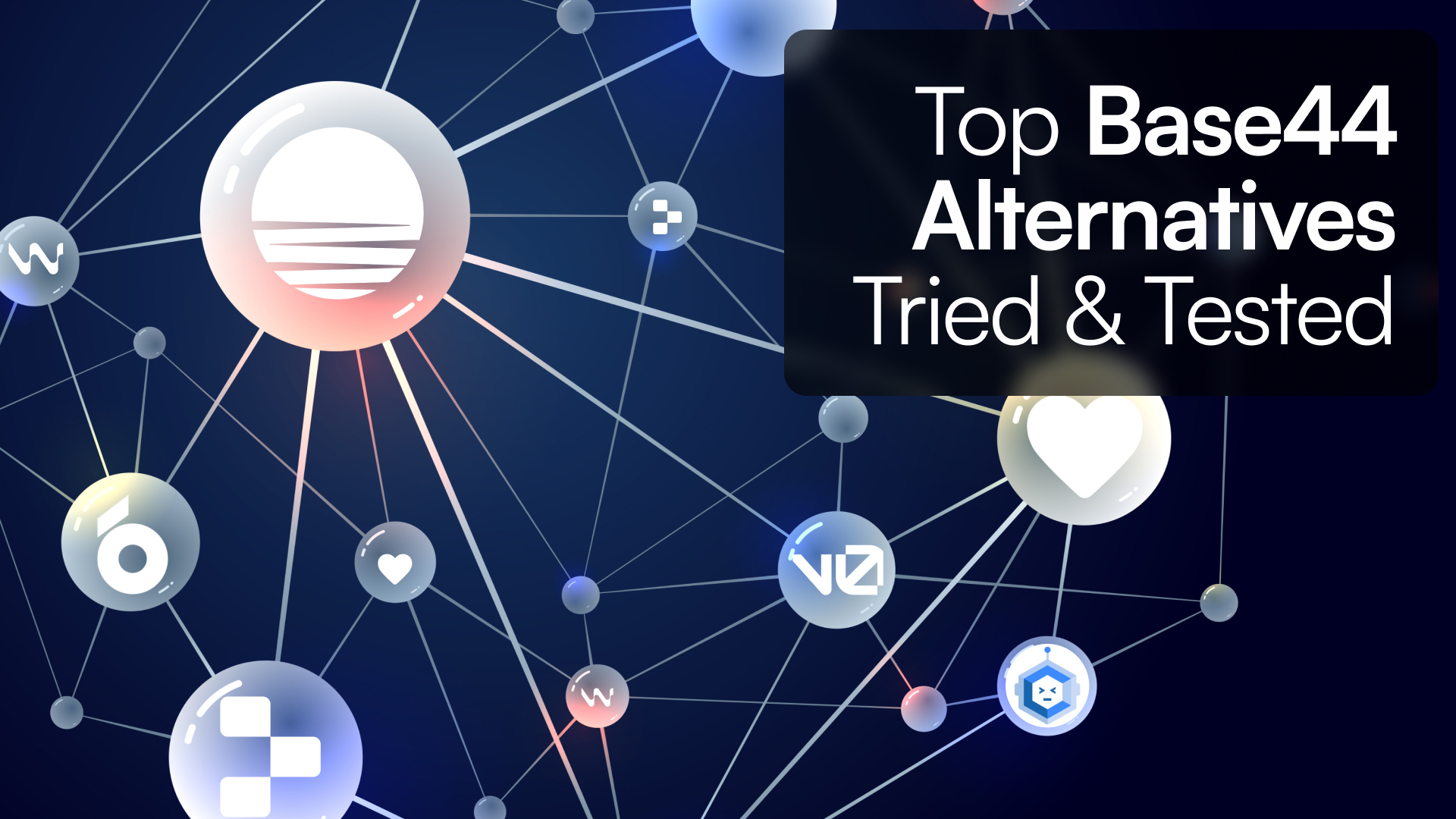Introduction
A strong EHR is the backbone of clinical operations. It centralizes patient data, streamlines orders and documentation, and connects teams, payers, and patients. This guide gives you a practical way to evaluate platforms, shortlist vendors, and implement successfully—without hype.
What is an EHR
An electronic health record (EHR) is a digital record of a patient's clinical and administrative data that can be securely accessed by authorized users across care settings. See the official definitions and context from CMS and ISO.
Core objects
-
Patient demographics and identity
-
Problems, meds, allergies, histories, vitals
-
Orders, results, imaging, care plans
-
Notes, documents, referrals, encounters
-
Billing and reporting data
Core jobs
-
Document care
-
Place orders and reconcile results
-
Support decisions and safety
-
Exchange data with other systems
-
Report quality and revenue metrics
EHR vs EMR
-
EHR: Built for exchange across organizations and apps. Supports APIs, standards, and patient access. See HealthIT.gov.
-
EMR: Usually the digital chart within one organization. Often narrower scope and less exchange.
Why EHRs matter
Evidence links EHR adoption to improvements in information availability, safety checks, and some quality and efficiency measures when systems are implemented and optimized. See peer-reviewed summaries in PMC and JMIR.
Interoperability in plain language
-
Certification: Products listed as ONC-certified meet defined criteria for data capture, APIs, and exchange. Start here: ONC Health IT Certification.
-
Standards: FHIR is the modern standard for exchange. See HL7 FHIR overview and ONC's FHIR fact sheet.
-
Policy: The Information Blocking Rule and TEFCA aim to make sharing the default while protecting privacy. See Information blocking and TEFCA.
Privacy and security
Follow HIPAA's Privacy and Security Rules. Expect MFA, encryption in transit and at rest, audit logs, role-based access, and incident response. Read the HHS summaries for the Privacy Rule and Security Rule.
10 Best EHR Systems in 2025
A neutral, evaluative top-10 list to begin discovery. Each entry links to the official product page and notes where it tends to fit. Validate everything against your workflows.
Comparison Table
| Vendor | Setting Fit | API Capabilities | Certification Link |
|---|---|---|---|
| Epic | Large health systems, academic | FHIR + proprietary APIs | Epic Certification |
| Oracle Health | Enterprise/global | FHIR + REST APIs | Oracle Health Certification |
| MEDITECH Expanse | Community hospitals | FHIR | MEDITECH Certification |
| athenaOne | Ambulatory | FHIR + marketplace APIs | athena Certification |
| eClinicalWorks | Ambulatory | FHIR + APIs | eCW Certification |
| NextGen | Specialty ambulatory | FHIR + APIs | NextGen Certification |
| Veradigm | Ambulatory | FHIR | Veradigm Certification |
| AdvancedMD | Multi-specialty | FHIR + APIs | AdvancedMD Certification |
| Kareo | Small practices | FHIR | Kareo Certification |
| DrChrono | Mobile-first | FHIR + APIs | DrChrono Certification |
Quick comparison matrix
| Criterion | What to verify | Where to check |
|---|---|---|
| ONC certification | Current certified modules and version | Vendor site + ONC program |
| FHIR APIs | Read/write endpoints for key resources | Vendor API docs |
| Data migration | Extract/transform tools and timeline | SOW + migration playbook |
| Security | MFA, encryption, audit, RBAC | Security whitepaper |
| Patient access | Portal, mobile app, proxy access | Vendor demo |
| Reporting | Quality, registry, revenue, ops | Report catalog |
Architecture Diagram
ASCII representation:
[Labs]
↑
|
[Imaging] ← EHR → [HIE]
|
[Patient Portal]
|
[Billing]
↓
[Analytics]Each arrow represents FHIR/API integration.
AI with EHRs
AI works only if your EHR data is structured and accessible. Prioritize:
-
Codified data
-
Interoperability
-
Event feeds
-
Human-in-the-loop
Practical AI use cases:
-
Ambient documentation
-
Risk flags
-
Triage optimization
-
Revenue predictions
Selection playbook
-
Define outcomes
Reduce documentation time, cut denials, improve follow-up rates. Use ONC's planning worksheets: Playbook. -
Map 10 workflows
New patient intake, chronic care visit, referral, telehealth, refill, lab, imaging, discharge, procedure, portal request. HealthIT.gov provides workflow mapping guidance. -
Scripted demos
Give vendors your scenarios and sample data. Require hands-on validation of templates, orders, docs, portals, and interfaces. -
Interoperability due diligence
Confirm ONC certification, FHIR endpoints, and participation plans for TEFCA. See TEFCA overview. -
Security due diligence
Request security whitepaper and SOC reports. Validate MFA, encryption, audit, and incident response. Review HHS Privacy and Security summaries. -
SOW and TCO
Include licenses/subscriptions, implementation, data migration, interfaces, training, change management, and optimization. -
Adoption and optimization
Use the Health IT Playbook's adoption modules and the AMA's transition toolkit to manage change. See AMA STEPS Forward.
Workflow Checklist
-
New patient intake
-
Chronic care visit
-
Referral process
-
Telehealth visit
-
Medication refill
-
Lab ordering/results
-
Imaging ordering/results
-
Discharge process
-
Procedure workflow
-
Patient portal request
Implementation blueprint
-
Governance: executive sponsor, clinical champions, super-users
-
Build: data model, templates, decision support, roles/permissions
-
Interfaces: labs, imaging, HIE, e-Rx, registries, claims
-
Testing: unit, integration, performance, dress rehearsal
-
Training: role-based paths, sandbox time, at-elbow support
-
Go-live: command center, hyper-care, daily huddles
-
Stabilize: issue backlog, quick wins, metrics dashboard
-
Optimize: iterate templates, retire clicks, tune CDS
Frequently asked questions
What features are non-negotiable?
Patient identity, orders/results, med reconciliation, problem/med/allergy lists, structured templates, FHIR APIs, audit trails, and quality/revenue reporting.
Which standards matter?
HL7 FHIR for exchange; CDA where required; NCPDP for e-Rx; X12 for claims. Confirm vendor support and versioning.
Do I need a certified system?
If you participate in federal programs or want clean connectivity, certification is strongly recommended. Start with ONC and CMS CEHRT.
How does the Information Blocking Rule affect me?
You must not unreasonably interfere with access, exchange, or use of electronic health information, subject to defined exceptions. See overview and the OIG penalties summary.
What is TEFCA and why should I care?
A nationwide framework to simplify network-to-network exchange. It will make cross-organization sharing more routine. See TEFCA.
How does AI fit into EHR strategy?
AI amplifies value only when data are structured and governed. Prioritize model oversight, safety, and auditability. Start with ambient scribing and summarization before predictive risk.
What drives cost and timeline?
Licenses/subscriptions, interfaces, data migration, training, change management, and post-go-live optimization. Budget for both implementation and ongoing iteration.
How do I measure success?
Track time to close charts, refill turnaround, portal activation, order turnaround, first-pass claim rate, denial reasons, and staff satisfaction.
Conclusion
Select an EHR by testing real workflows, not brochure features. Verify certification, FHIR APIs, privacy and security controls, and a plan for TEFCA participation. Budget for adoption and optimization, then layer in AI where the data are ready. That sequence delivers durable results.







